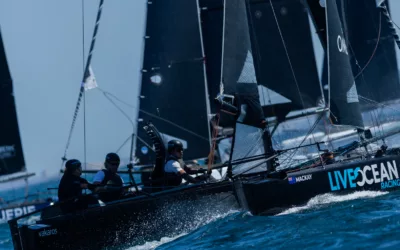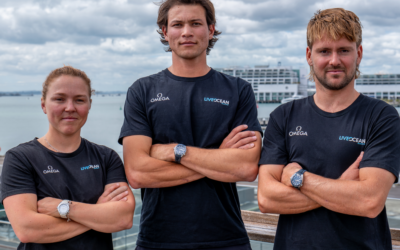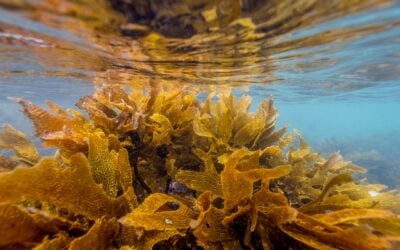In an important milestone for Live Ocean Foundation funded project – Seascape, Dr Arie Spyksma has published an academic article on the success of using underwater structure-from-motion (SfM) photogrammetry on rocky reef systems in the scientific journal Frontiers in Marine Science.
The article, co-authored by Dr. Nick Shears and PhD student Kelsey Miller, explores the use of photomosaics (composite imagery stitched together from many overlapping photos), an SfM photogrammetry output, for monitoring rocky reef ecosystems.
The paper significantly adds to the global knowledge base on the use-case of SfM photogrammetry as a valuable monitoring tool compared to traditional, time-consuming quadrat methods used currently by scientists.
At the beginning of Seascape’s evolution, the use of SfM photogrammetry as a scientific tool in temperate marine ecosystems such as those in New Zealand was questioned.
The Frontiers in Marine Science article clearly demonstrates the increase in speed, robustness of data of photomosaics and value of a photographic record, concluding the method is best suited for areas such as kina barrens and sponge gardens but has limited value in kelp forests, due to the soft and moving nature of kelp.
Photogrammetry also provides a permanent record of the marine floor site which can be re-investigated and examined by other scientists across countries and borders in much shorter timeframes than we have seen before. It also has very clear benefits for public outreach, allowing others to get a close up, detailed view of the environment without necessarily having to enter the water.
A very recent use case of the tool has been documenting sea sponges health within the Hauraki Gulf during the recent marine heatwave. Photomosaics, originally intended to answer different scientific questions, have been able to show the ‘before’ and ‘after’ of this unanticipated event, documenting immediate change to marine ecosystems.
Dr Spyksma is currently working on further scientific applications of the photogrammetry methodology, having recently surveyed sites including scallop beds, mussel beds and seagrass meadows.
The project’s next step will be to survey deeper reef environments such as sponge gardens and cold-water coral patches.
Photo credit: Paul Caiger



